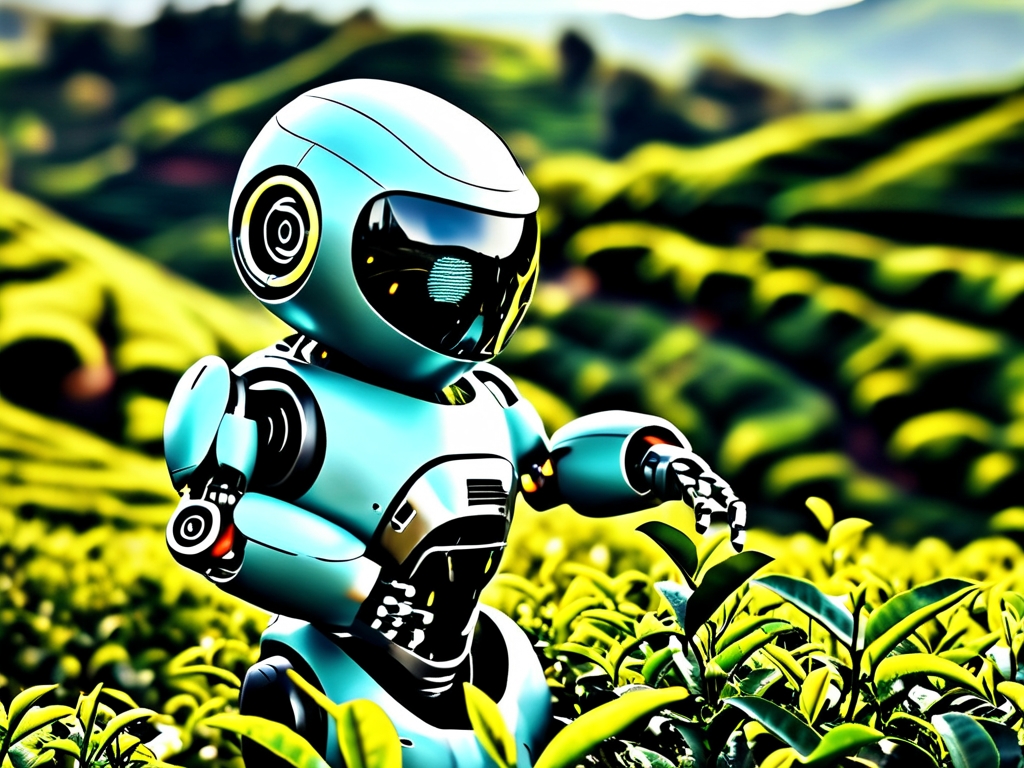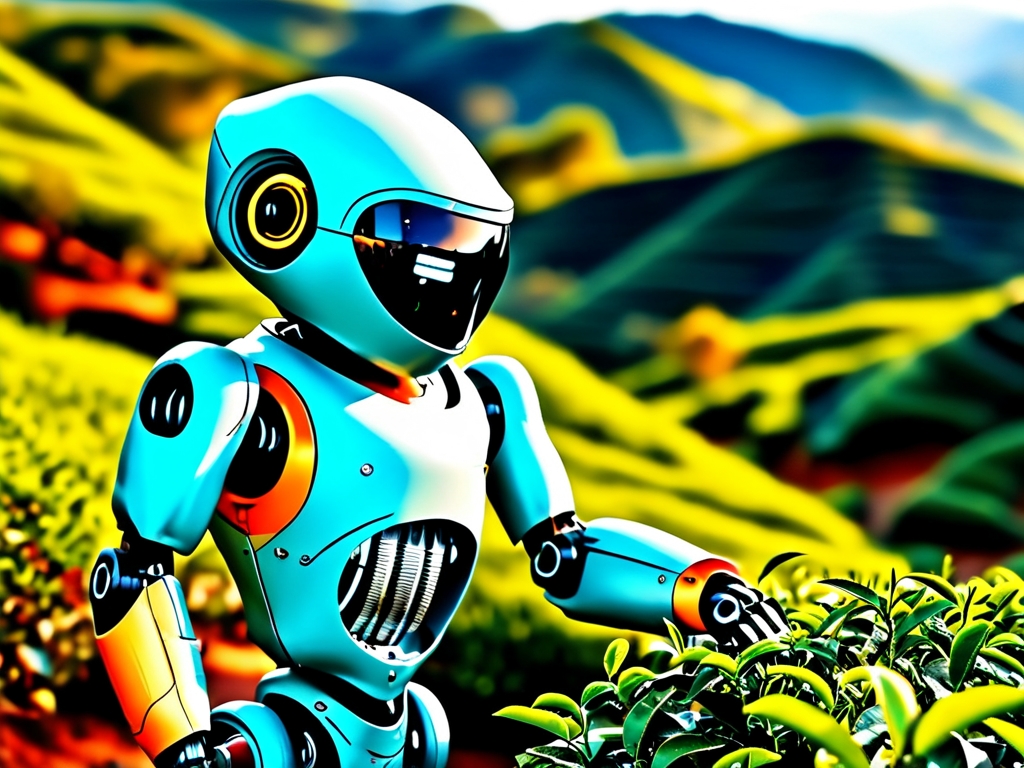The global tea industry, valued at over $200 billion, has long relied on manual labor for harvesting delicate tea leaves. However, rising labor costs, labor shortages, and the demand for precision have spurred the development of robotic tea-picking technology. This article explores the technological breakthroughs, challenges, and future implications of this transformative innovation.
1. The Need for Automation in Tea Harvesting
Tea plucking is a labor-intensive process requiring skill to identify and pick the "two leaves and a bud" — the premium standard for high-quality tea. Human pickers, while adept, face limitations:
- Labor shortages: Aging populations in major tea-producing nations like China, Japan, and India have reduced the workforce.
- Cost inefficiencies: Labor accounts for 40–60% of production costs in regions like Darjeeling and Uji.
- Consistency challenges: Human error can lead to uneven quality, affecting market value.
These factors have driven research into robotic systems capable of replicating human dexterity and decision-making.
2. Core Technologies Powering Robotic Harvesters
Modern tea-picking robots integrate multiple advanced technologies:
- Computer Vision and AI: Cameras and machine learning algorithms analyze leaf size, color, and texture to identify optimal picks. Systems like Fujitsu’s "Deep Tea" use convolutional neural networks (CNNs) trained on thousands of leaf images.
- Tactile Sensors: Pressure-sensitive grippers mimic human touch to avoid damaging tender shoots. Kyoto University’s 2022 prototype achieved a 98% success rate in gentle plucking.
- Autonomous Navigation: LiDAR and GPS enable robots to traverse uneven terrains common in tea plantations. China’s "TeaBot" uses SLAM (Simultaneous Localization and Mapping) for real-time path planning.
- Energy Efficiency: Solar-powered models and lightweight materials (e.g., carbon fiber arms) reduce operational costs.
3. Case Studies: Successes and Limitations
A. Japan’s "TeaMi" Robot
Developed by Shizuoka University, TeaMi combines 3D stereo cameras with a vacuum-based plucking mechanism. In field trials, it harvested 80% of target leaves at 70% human speed. Challenges remain in handling dew-covered leaves and steep slopes.
B. China’s AI-Driven Harvesters
In Hangzhou’s Longjing tea region, startups like CloudPick deploy drones and ground robots. These systems increased yield by 15% while reducing labor costs by 30%. However, high upfront costs ($20,000–$50,000 per unit) limit small-scale adoption.

C. Ethical and Social Considerations
While automation boosts productivity, it risks displacing seasonal workers. In Assam, India, where tea supports 1 million livelihoods, unions argue for hybrid models that retain human roles in quality control.
4. Economic and Environmental Impacts
- Cost-Benefit Analysis: A 2023 FAO report estimates that robotic systems break even within 3–5 years for large plantations, with ROI hinging on energy costs and maintenance.
- Sustainability Gains: Precision harvesting reduces waste by 20%, while electric robots cut carbon emissions vs. diesel-dependent manual methods.
- Traceability: IoT-enabled robots generate data on harvest times and locations, enhancing supply chain transparency for premium markets.
5. Future Directions
The next decade will see:
- Swarm Robotics: Coordinated fleets of smaller robots working in tandem, inspired by agricultural drone swarms.
- AI-Enhanced Flavor Profiling: Sensors analyzing biochemical markers (e.g., catechins, theanine) to optimize harvest timing for flavor.
- Policy Frameworks: Governments may subsidize automation to maintain competitiveness, as seen in South Korea’s 2024 "Smart Farm" initiative.
Robotic tea-picking technology represents more than efficiency — it redefines the intersection of tradition and innovation. While challenges like cost and adaptability persist, the integration of AI, robotics, and sustainable design promises to preserve tea culture while revolutionizing its production. As Dr. Lin Wei, a Zhejiang University robotics expert, notes, "The future of tea lies not in replacing humans, but in empowering them to achieve the impossible."





